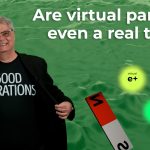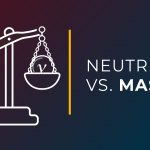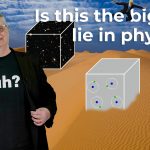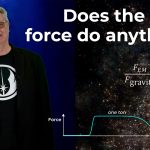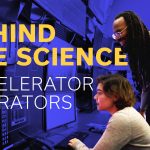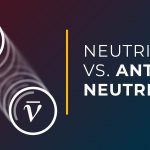Virtual particles are one of those topics of modern physics that just don’t sound real. How can particles just appear and disappear without anyone seeing them. In this video, Fermilab’s Dr. Don dives into the topic, giving us an understanding of how virtual particles arise from quantum field theory.
Take a tour of the “Fermilab Quantum Network”. We’ll join Research Associate Andrew Cameron to explore experimental quantum optics, quantum sensing, and connecting quantum devices through fiber-optic cables. Watch as we take you through laser pulse generation, entangled photon pair production, and ultrafast single photon detection for quantum communication protocols.
FQNET is a part of the Advanced Quantum Networks for Scientific Discovery (AQNET-SD) project and includes recognized leaders in quantum network technologies: Argonne, Caltech, the Jet Propulsion Laboratory, Northwestern University and the University of Illinois at Urbana-Champaign. Together, the collaboration has demonstrated quantum teleportation, picosecond synchronization of quantum nodes, and developed high rate entanglement sources to highlight a few of the 15 publications.
Learn more at https://quantum.fnal.gov/
It seems that predicting the energy density of empty space should be a simple thing, yet it turns out that the two best theories of modern physics (the standard model and the general theory of relativity) make staggeringly different predictions. In this video, Fermilab’s Dr. Don admits to this dirty little secret of physics.
Presenting “The Quantum Garage” at the Fermilab-hosted SQMS Center! The 6,000-sq.-ft. lab was imagined, designed and built by the Superconducting Quantum Materials and Systems Center to unite scientific communities, industries and start-ups nationally and internationally to advance quantum information, science and technology.
The SQMS Center is one of five research centers funded by the U.S. Department of Energy as part of a national initiative to develop and deploy the world’s most powerful quantum computers and sensors.
Popular science explanations of the standard model usually describe four forces (strong nuclear, electromagnetism, weak nuclear, and gravity). They also claim that some of the forces are stronger than others. What they don’t tell you is that all of those claims are only valid for distances comparable to the radius of a proton. For different size scales, the order of the strength of the forces can be wildly different.
Our particle accelerator complex drives discovery at Fermilab. The accelerator operators are the heart of the complex, working 24/7 to ensure every machine is working at its most efficient. They understand and maintain some of the most complex devices ever made. This allows our scientists and experimenters to conduct the worlds most advanced research and discover the mysteries of matter, energy, space and time.
In this video, we’ll go behind the scenes with members of the team to explore how the accelerator operators work in support of advancing Fermilab’s mission every day.
Uncovering the mysteries of matter, space and time requires a beam of subatomic particles. Fermilab scientists and engineers used a complex system of magnets to create and store a beam of muons for their groundbreaking work on the Muon g-2 experiment. This allowed the team to achieve the world’s most precise measurement of the anomalous magnetic moment of the muon.

